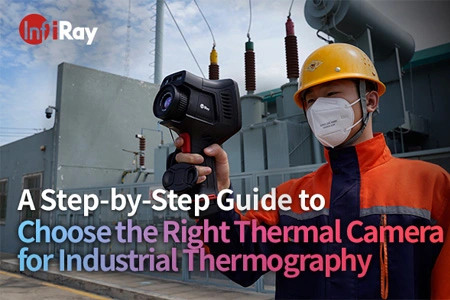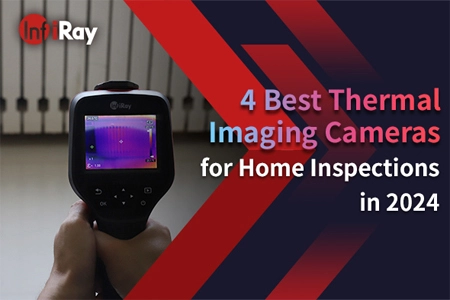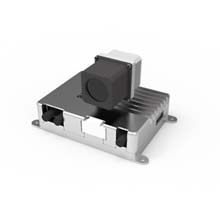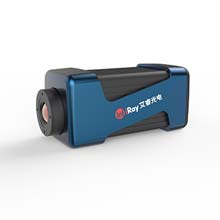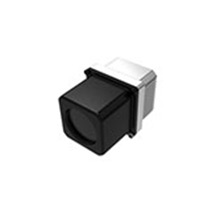3 Minutes to Know How Does Thermal Imaging Work
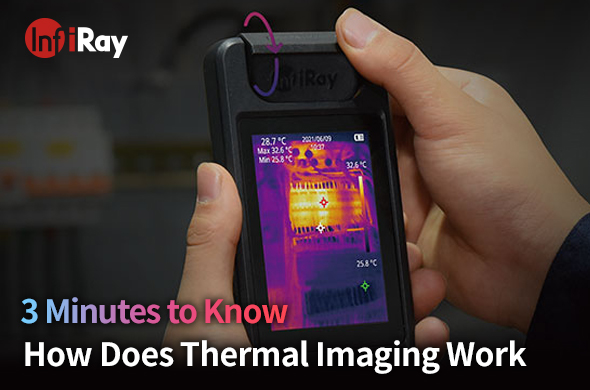
In the realm of cutting-edge technology, thermal imaging has emerged as a fascinating and invaluable tool with diverse applications. In just three minutes, let's delve into the workings of this new tech, its key components, applications across various industries, and recent technological advances.
Thermal imaging, also known as infrared imaging, is a technology that allows us to visualize and capture the infrared radiation emitted by objects. This non-invasive technique has become indispensable in numerous fields due to its ability to detect temperature variations.
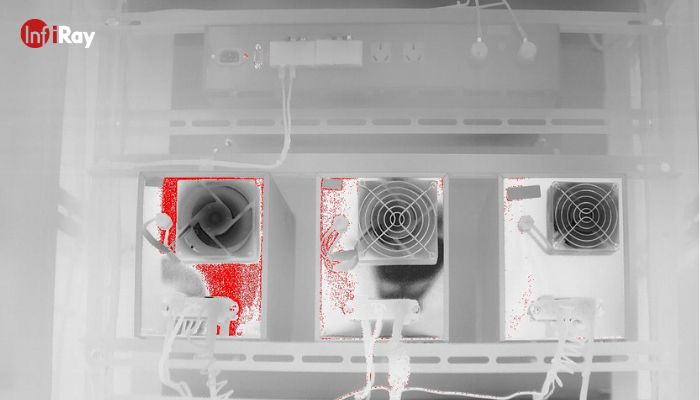
1. How Thermal Imaging Works
At its core, thermal imaging relies on the fundamental concept of infrared radiation. Objects emit infrared radiation based on their temperature, and thermal cameras can capture this radiation. The sensor technology in thermal cameras plays a crucial role in converting this infrared radiation into visible images.
The key components of thermal imagers include infrared detectors and sensors, which are designed to detect and measure the heat emitted by objects. This information is then translated into thermal contrast and temperature variations, allowing for the creation of images. Sophisticated color mapping and visualization techniques further enhance the clarity and interpretability of these thermal images.
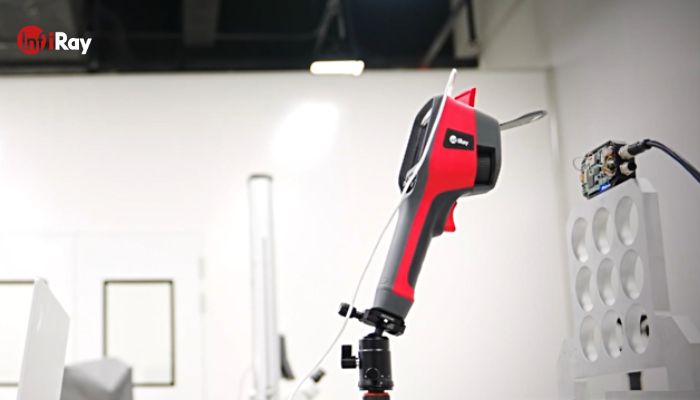
2. Applications of Thermal Imaging
2.1 Industrial Uses
In the industrial sector, thermal imaging finds applications in predictive maintenance and enhancing energy efficiency. By identifying temperature anomalies, potential equipment failures can be predicted, preventing costly downtime. Additionally, thermal imaging helps in optimizing energy consumption by detecting heat loss and inefficiencies in buildings and machinery.
2.2 Medical Applications
In the field of medicine, thermal imaging is employed for various purposes, including diagnosis and patient monitoring. The ability to capture temperature variations can aid in the early detection of certain medical conditions. Thermal cameras can be utilized to monitor patients' body temperatures remotely, providing valuable data for healthcare professionals.
2.3 Surveillance and Security
In the realm of surveillance and security, thermal imaging provides an advantage by detecting intruders or unusual activities based on thermal signatures. This technology is particularly useful in areas where traditional cameras may be limited by darkness or obscured visibility.
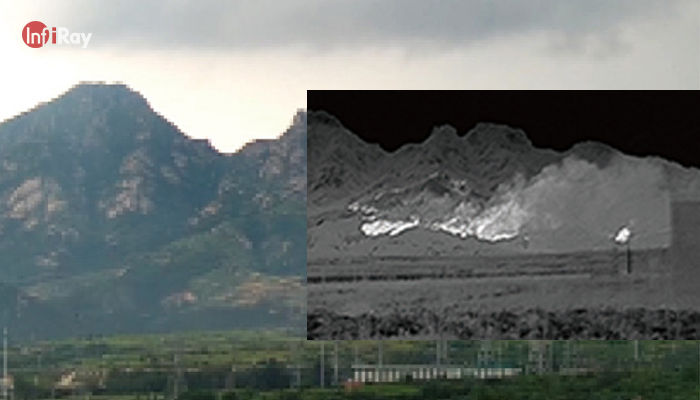
2.4 Building Inspection and Energy Efficiency
The technology is extensively utilized in building inspections for identifying energy inefficiencies and potential structural issues. This proactive approach allows for precise interventions, reducing energy consumption and ensuring the longevity of structures.
2.5 Firefighting and Search and Rescue
Thermal imaging plays a crucial role in firefighting, enabling firefighters to locate hotspots and navigate through smoke-filled environments. In search and rescue operations, it aids in spotting individuals by detecting their heat signatures.
2.6 Wildlife Conservation
In the realm of wildlife conservation, thermal imaging helps researchers study animal behavior, track elusive species, and monitor ecosystems without disturbing natural habitats. It provides valuable insights into nocturnal activities and migration patterns.
2.7 Automotive Industry
The automotive sector leverages thermal imaging for vehicle safety systems. It enhances driver assistance features by detecting pedestrians or obstacles in low visibility conditions, contributing to overall road safety.
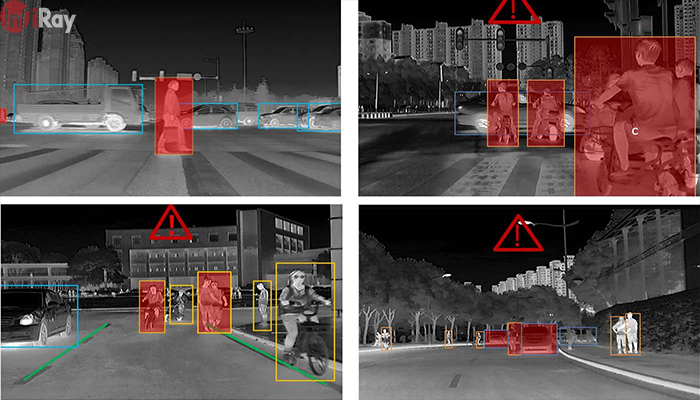
Advantages and Limitations
Benefits of Thermal Imaging Technology
One of the key advantages of thermal imaging is its ability to operate in various environmental conditions, including darkness and adverse weather. It provides real-time data, enabling swift decision-making in critical situations. Moreover, the thermal imager is non-invasive, making it suitable for medical applications.
Potential Drawbacks and Challenges
While thermal imaging has numerous benefits, it's essential to be aware of its limitations. Factors such as distance, reflective surfaces, and the need for specialized training can impact its effectiveness. Additionally, the cost of high-quality thermal imaging equipment may pose a challenge for some applications.
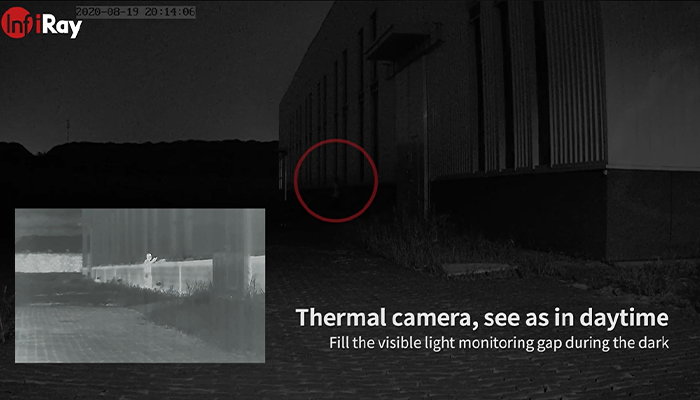
Real-world Examples of Thermal Cameras
Predictive Maintenance in Manufacturing
A manufacturing plant implemented thermal imaging for predictive maintenance, identifying a malfunctioning component before it caused a breakdown. This proactive approach not only saved on repair costs but also increased overall operational efficiency.
Medical Diagnosis and Monitoring
In the medical field, thermal imaging has been instrumental in diagnosing conditions such as inflammation and circulatory disorders. Continuous monitoring of patients using thermal cameras provides valuable insights for healthcare professionals.
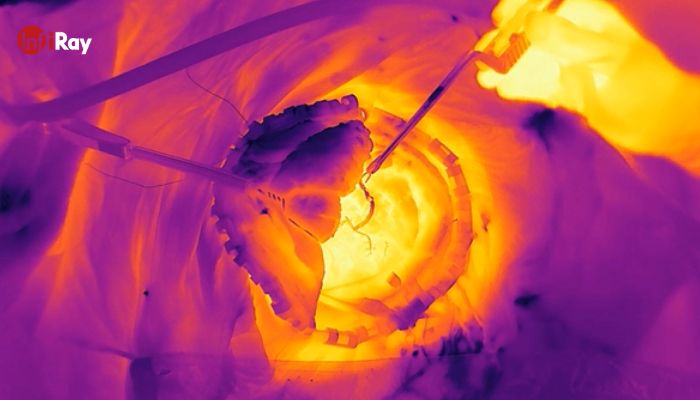
Using the InfiRay AT1280 to aid in smooth brain surgery
In a mere three minutes, we've scratched the surface of the fascinating world of thermal imaging. From industrial applications to medical diagnostics and defense, this technology continues to redefine the way we perceive and interact with our surroundings. As we look ahead, the integration of artificial intelligence promises even more sophisticated uses for thermal imaging.

 français
français  Deutsch
Deutsch  Español
Español  italiano
italiano  русский
русский  português
português  العربية
العربية  日本語
日本語  한국어
한국어  magyar
magyar 






